The Pyramid of Chichen Itza is also known as El Castillo or The Pyramid of Kukulkan. But there are other famous pyramids spread all around the world, each with its unique cultural stamp.
For a long period of time, the largest structures on Earth were pyramids. Civilizations in many parts of the world have built pyramids for thousands of years. The largest pyramid by volume is the Great Pyramid of Cholula, in the Mexican state of Puebla. The Pyramid of Kukulkan, in Chichen Itza, is also one of the most famous pyramids in the country, but what about the rest of the world? Let's take a tour around the globe and learn more about pyramids beyond Chichen Itza. 
Pyramids in Mexico were often used as places of human sacrifice. For the re-consecration of the Great Pyramid of Tenochtitlan in 1487, Where, according to Michael Harner, "one source states 20,000, another 72,344, and several give 80,400".
In other countries, they are believed to have played a central role in the mound-building peoples' religious life, and documented uses include semi-public chief's house platforms, public temple platforms, mortuary platforms, charnel house platforms, earth lodge/townhouse platforms, residence platforms, square ground and rotunda platforms, and dance platforms. Cultures that built substructure mounds include the Troyville culture, Coles Creek culture, Plaquemine culture, and Mississippian culture.
For many civilizations, pyramids were commonly used as tombs for their soldiers or most important representatives. Here's a list of impressive pyramids around the world and what they meant for their culture:
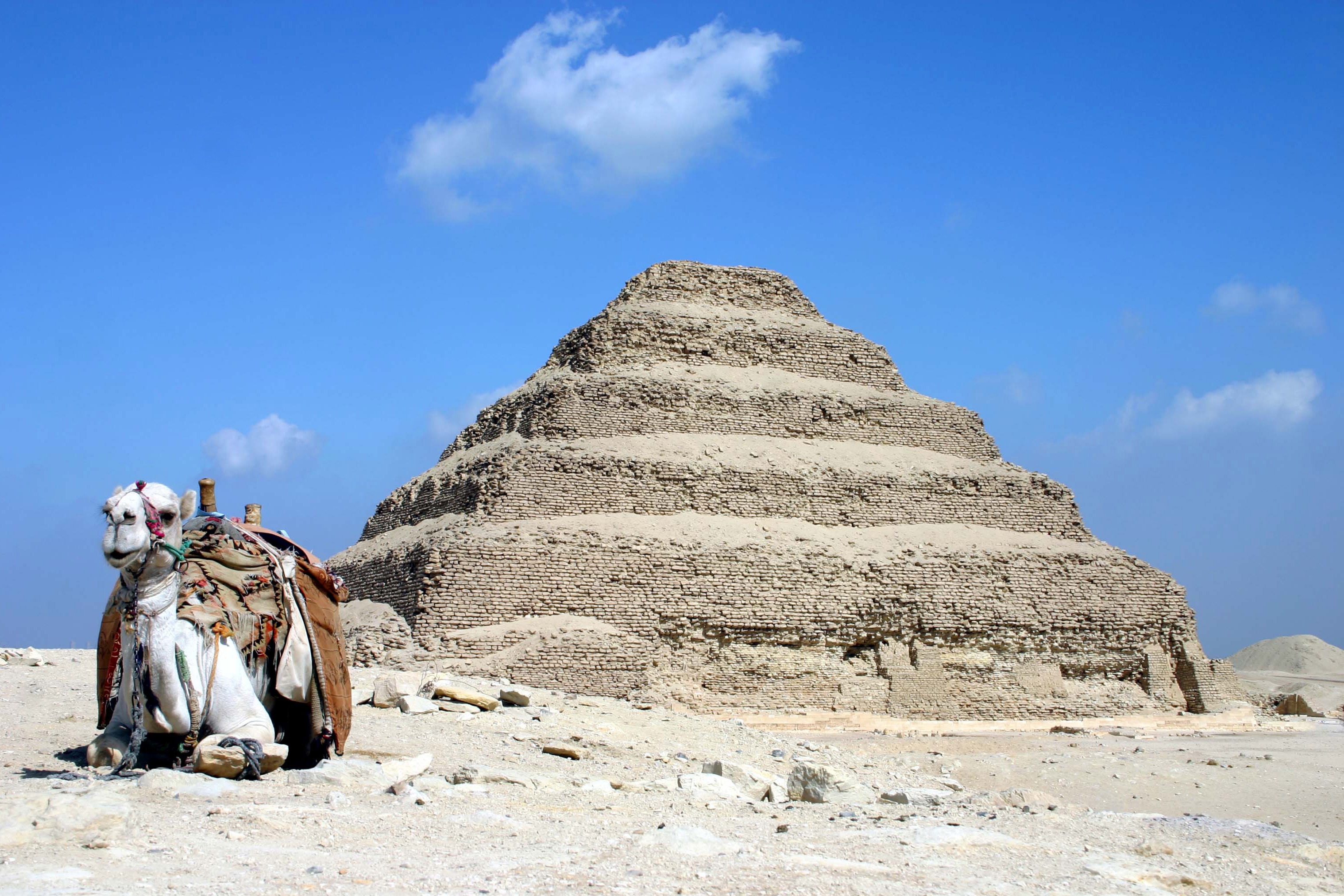
Did you know there are more than 100 pyramids in Egypt? Out of all, the Pyramid of Djoser was the first to be built. In between 2639 and 2611 B.C, during the reign of Pharaoh Djoser as a grand mausoleum for himself. Before, tombs weren’t designed as pyramids but more like flat monticules made mostly of mud and a type of clay. At the time, Djoser’s chief architect, Imhotep, came up with a more durable and attractive idea: A “step pyramid” design, involving six successively smaller layers of carved limestone rising some 200 feet high.
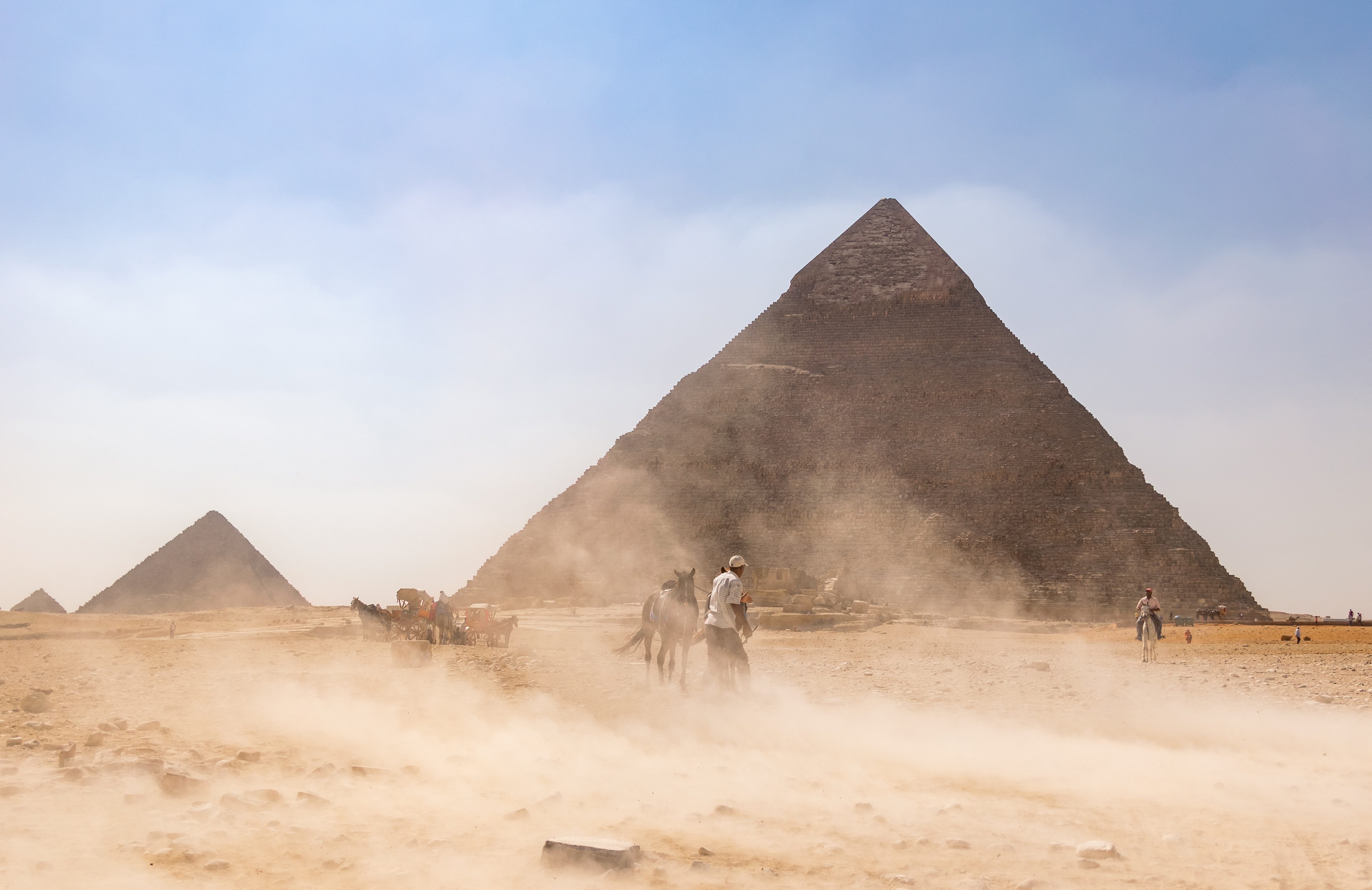
Keeping up with Egypt, this is probably the first image that pops into your mind when someone mentions the word “pyramids”. The last Wonder of the Ancient World that still stands, the Pyramids of Giza are a trio of pyramids that have always made an impression on everyone. Above the desert sand not far outside modern Cairo, the northernmost of the three built-in 2551 B.C. for Pharaoh Khufu, is known simply as the Great Pyramid. More than 2 million stone blocks formed this geometric masterpiece 450 feet high (originally 481 feet). Although it is no longer the world's largest manmade structure, as it was for over three millennia, it is the largest of all the ancient pyramids. The middle pyramid of the famous Giza trio was built circa 2520 B.C. for Pharaoh Khafre. At 471 feet, Khafre's tomb wasn't quite as tall as the Great Pyramid of his father, Pharaoh Khufu but he cleverly made it appear taller by choosing a nearby spot with a higher elevation. The elaborate temple complex east of the pyramid includes a monolithic limestone statue with the body of a seated lion, the face of a human (although the nose has fallen off), and the headdress of a Pharaoh. This mysterious figure is known as The Sphinx.
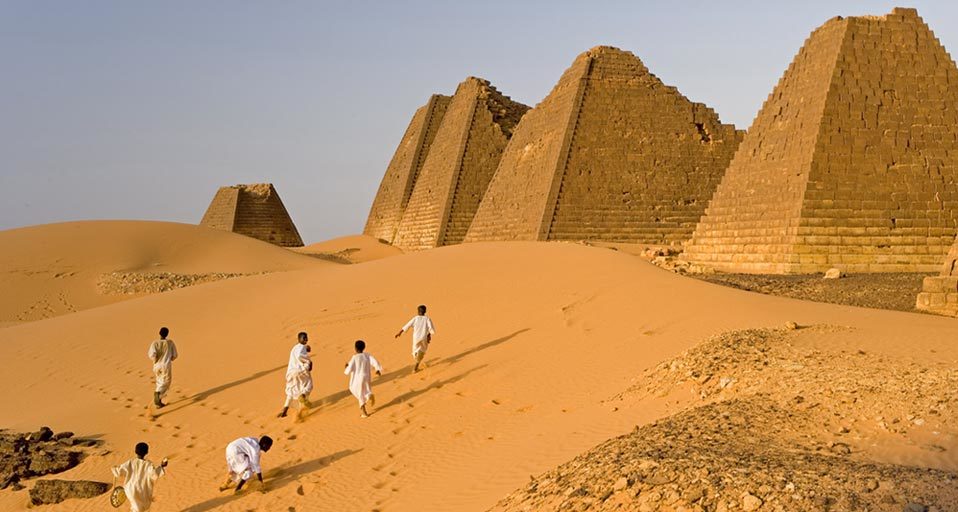
Did you know Sudan has more pyramids than Egypt? Going south from Egypt, over 1,300 miles, still in Northeast Africa, we found the Nubian pyramids in Sudan. They were built over a period of a few hundred years to serve as tombs for the kings and queens and wealthy citizens of Napata and Meroë around 300 B.C. and 300 A.D. There are hundreds of pyramidal tombs in the region of central Sudan once known as Nubia, built mostly out of reddish sandstone. The Nubian pyramids are smaller than the Egyptian pyramids, and more narrowly shaped. Although they have suffered from plunder and decay over the years.

Now, another pyramid way beyond our Chichen Itza, in Western Asia, is the pyramid of Ziggurat of Ur. The ziggurat was built by King Ur-Nammu, who dedicated it in honor of Nanna/Sîn in approximately the 21st century BC (short chronology) during the Third Dynasty of Ur.
The massive step pyramid measured 64 m (210 ft) in length, 45 m (148 ft) in width, and over 30 m (98 ft) in height. The height is speculative, as only the foundations of the Sumerian ziggurat have survived. The ziggurat was a piece in a temple complex that served as an administrative center for the city and was a shrine of the moon god Nanna, the patron deity of Ur.
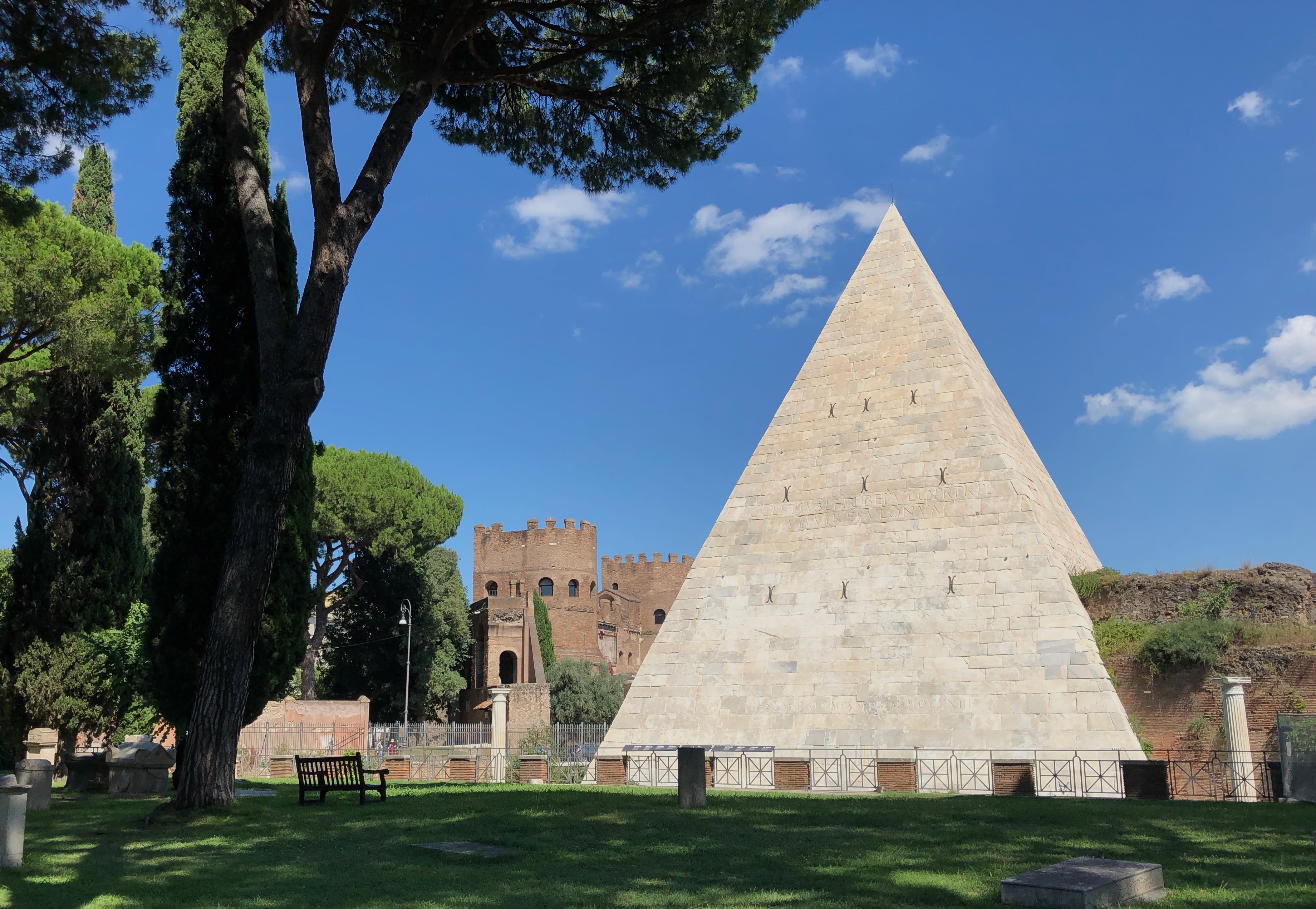
Getting closer, in Europe, if you happen to be in Rome, don’t be deceived by the Colosseum. Rome also has a pyramid you can visit (due to COVID, the place might be closed, check for availability). Built circa 12 B.C. this pyramid was a tomb for the Roman magistrate Gaius Cestius Epulo, as evidenced by an inscription carved into its sides. The inscription also identifies Cestius’ heirs and states that the pyramid took 330 days to construct. It is made of concrete covered with white marble, with paintings on the interior walls.
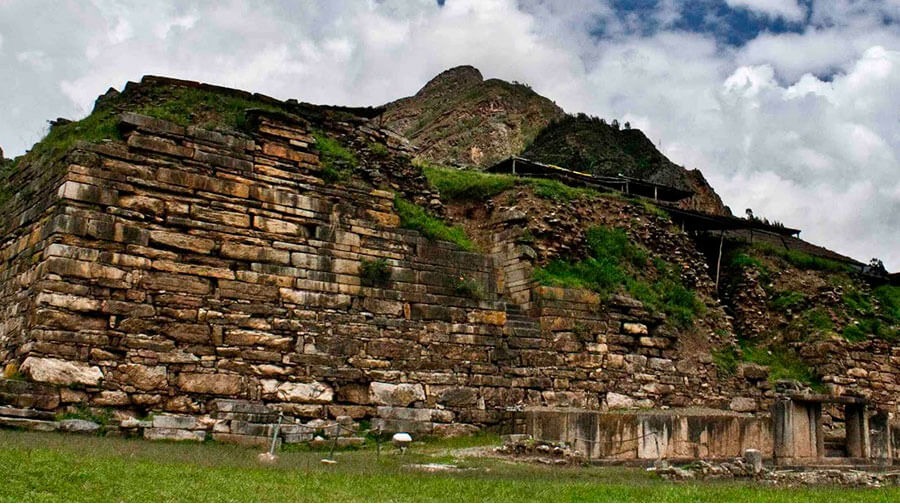
Heading over to America, south to where you’ll find Chichen Itza, in the beautiful country of Peru, in Chavin de Huantar, you cannot miss the massive Chavin Temple complex. The site is located in the Ancash Region, 434 kilometers (270 mi) north of Lima, at an elevation of 3,180 meters (10,430 ft).
In a matter of centuries, the pre-Columbian Chavin people dwelled in the highlands of what is now Peru from about 900 to 200 B.C. The monuments include both an “old temple” and a “new temple,” made of rectangular stone blocks and shaped like flat-topped pyramids. It incorporates elaborate carvings, passageways, and water channels that may have been used for religious rituals. Though now largely in ruins, the size of the complex impressed a 16th-century Spanish explorer so much that he believed it was built by a race of ancient giants. No doubt about how Chavín de Huántar has been designated as a UNESCO World Heritage Site.
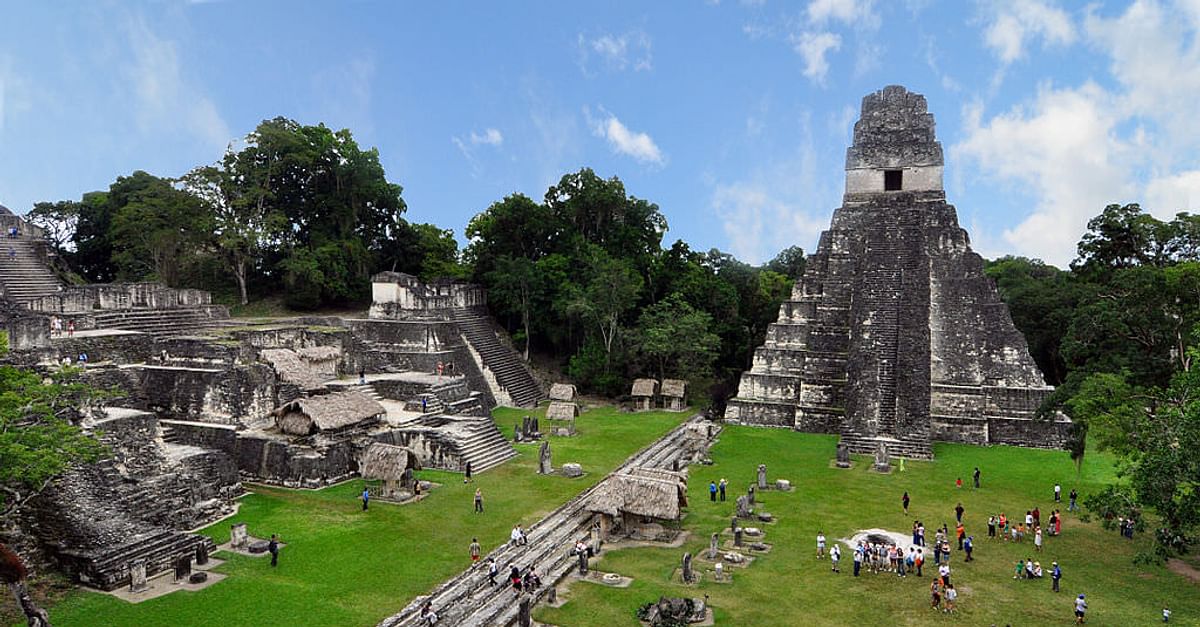
Tikal was an important urban and ceremonial center for the Maya from about 300 to 900 A.D., and they built many monuments there, including five pyramidal temples. The tallest---Pyramid IV, topped by the Temple of the Two-Headed Serpent---is 213 feet high. After the Maya abandoned the site, these pyramids lay largely forgotten in the rainforest for nearly 800 years. European explorers re-discovered them with great excitement in the 1850s, leading to several major archaeological expeditions and digs. The area is now a UNESCO World Heritage Site.
Back in Mexico, but in the center of the country, is the largest building in Teotihuacan, and one of the largest in Mesoamerica. The Pyramid of the Sun is believed to have been constructed about 200 AD, with impressive constructive skills. The sides of its square base are about 730 feet wide, and its five-stepped layers once rose to a height of over 200 feet. It is situated beside the city’s central road, the Avenue of the Dead, which runs south from the Pyramid of the Moon to a large temple complex.

In case you couldn’t tell, Puebla is actually one of the world’s largest ancient monuments. Almost camouflaged in the landscape, this pyramidal complex covers nearly 45 acres and rises 177 feet high. Its formal name is Tlachihualtepetl, but many people simply call it the Great Pyramid of Cholula. It was built in stages by pre-Columbian people and was once used by the Aztecs as a temple to their god Quetzalcoatl. After the city’s conquest by Spanish colonizers in the 16th century, a Catholic church was erected on the top of the grass-covered pyramid.
You might have probably heard of a few of the names given, but a question still arises, how did these ancient civilizations are so far away from each other and yet so similar in their architecture and religious beliefs?